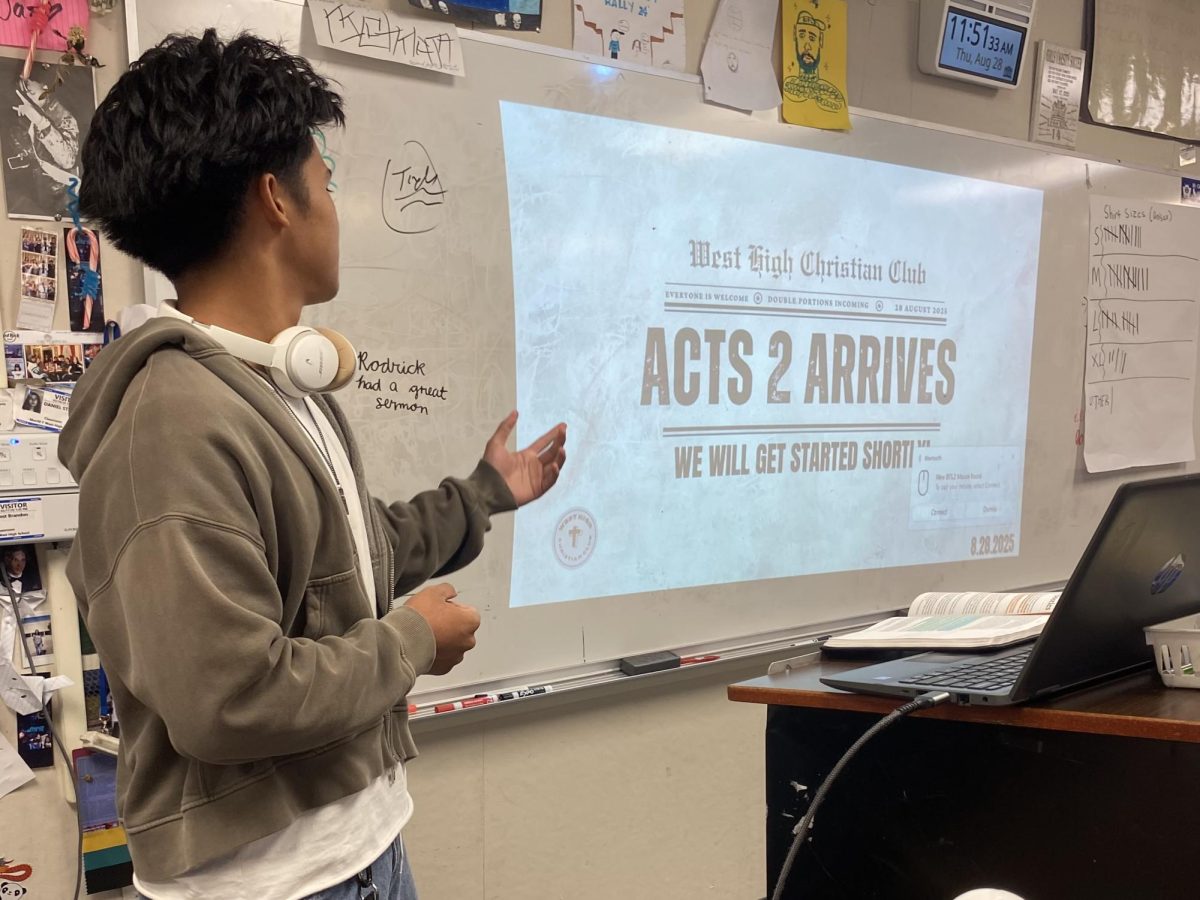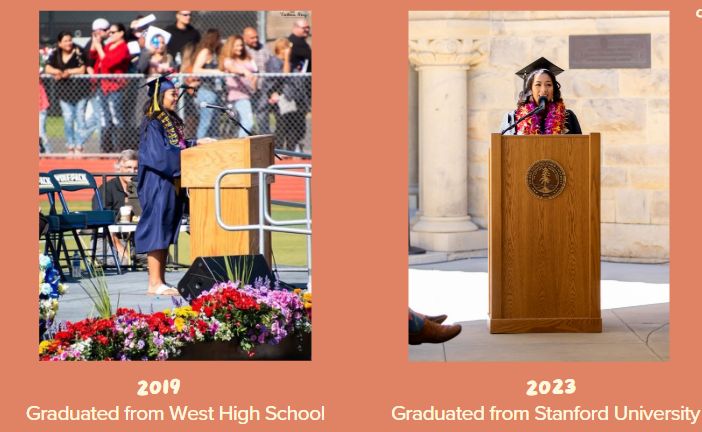After high school, many students feel pressured to pursue a traditional college route. However, there are numerous alternative routes that can lead to fulfilling careers and personal growth. Exploring these options can help students find a path that aligns with their interests, skills, and goals.
One popular alternative is vocational or trade school. These programs focus on specific skills and trades, such as plumbing, electrical work, or culinary arts. They typically offer shorter training periods compared to a four-year college and can lead to good paying jobs. Many trades are in high demand, providing job security and opportunities for advancement. Additionally, vocational schools often have partnership with local businesses, which can facilitate job placement for graduates.
Another option is entering the workforce directly. Many students choose to gain experience and earn their own money immediately after high school. This route allows individuals to explore different industries, develop professional skills, and build a network. Some may find that they enjoy their work and decide to pursue further education in the future, while others may discover a passion that leads to a long time career.
Lastly, entrepreneurship is an exciting path for those with business idea or a passion they want to turn into a venture. Starting a business can be challenging but rewarding, allowing individuals to be their own boss and pursue their interests. There are numerous resources available, including online courses, mentorship programs, and small business grants, to help young entrepreneurs navigate the process.
In conclusion, while college is a common route after high school, entering the workforce, and entrepreneurship are viable paths that can lead to successful and fulfilling careers, Students should consider their strengths and interests when deciding on their next steps, ensuring they choose a path that resonates with them.






